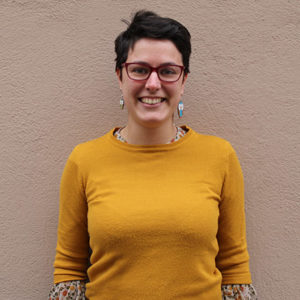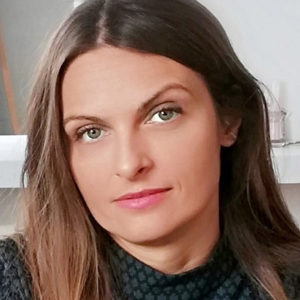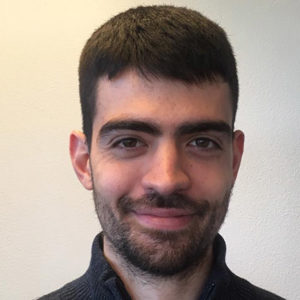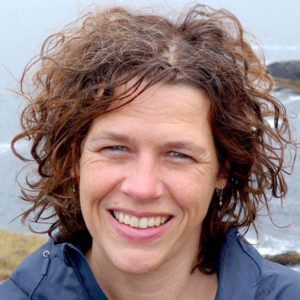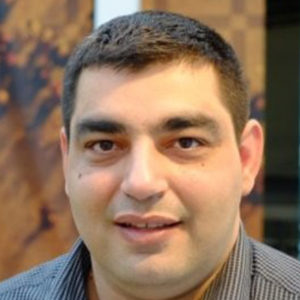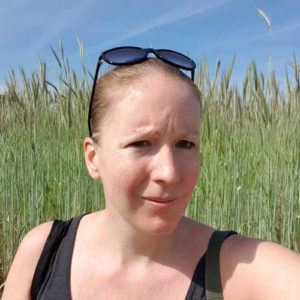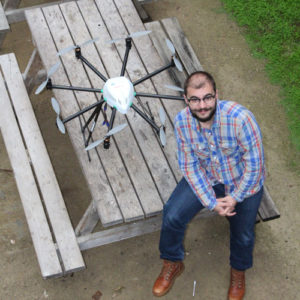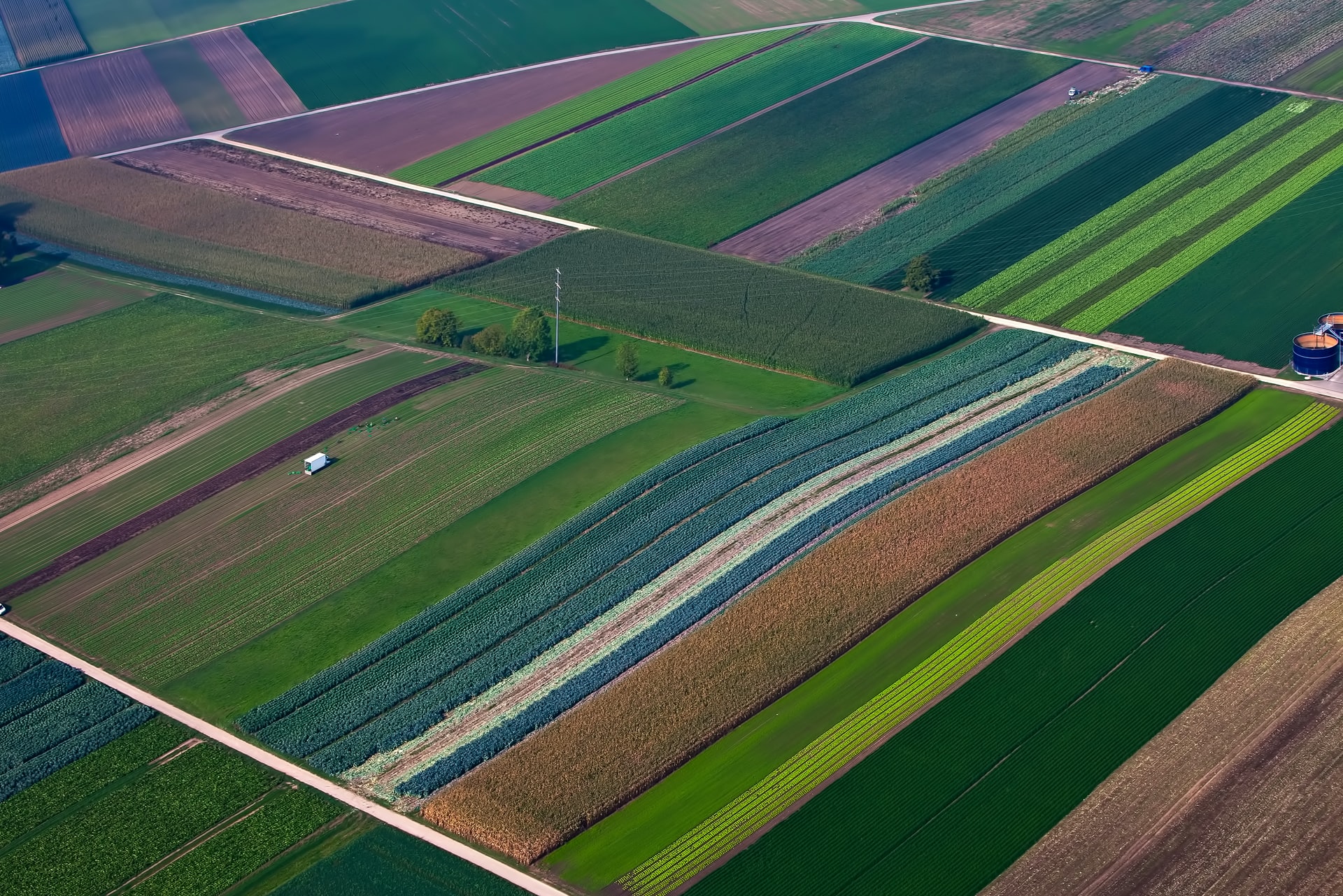
16 Sep Deep learning for delineating farm boundaries
Djordje Batić
Junior Researcher, BioSense Institute
A prerequisite for robust field-level agricultural monitoring is accurate and up-to-date information about agricultural units and their characteristics. Precise field boundary extent data enables reliable inference and collection of information related to parcel location, size, shape, etc. The most common source of field boundary data is cadastre. Unfortunately, the process of extracting cadastral information has remained highly manual, which inevitably leads to proneness to errors and high costs. Moreover, it is not uncommon that spatial information extracted from the cadastre is not up-to-date which is caused by the meticulousness of the updating process.
Knowledge of boundaries, location, and size of agricultural fields can facilitate the efficiency of crop management through the optimization of sowing, fertilization, and harvest processes. Furthermore, accurate field extent data can be used for processes of automatic crop classification and yield forecasting, which enables high-quality growth monitoring and enables a better understanding of conditions and requirements of different crops. Traditional approaches for crop classification rely on pixel-level classification. This implies that the spectral information is observed independently of spatial information, which ignores the grouping of pixels in semantically related groups, which we can consider as objects, and leads to poor performance. Detecting homogeneous and semantically related pixels through delineation and parcel segmentation is the way to overcome problems related to pixel-level classification and enable accurate object-based classification of high spatial resolutions present in the majority of satellite images.
One of the possible ways to improve the process of generating and updating cadastral information is automating the process of delineation of boundaries through deep learning and high-resolution satellite imagery. Research presented in this blog relies on deep learning techniques for the extraction of agricultural parcels and their boundaries by processing multispectral Sentinel-2 satellite images. We propose a multi-task based convolutional neural network (CNN) which uses Sentinel-2 images collected over the Flevoland region in the Netherlands as inputs. Intuitively, multi-task machine learning aims to jointly learn semantically similar tasks, with the aim of passing the contained knowledge of one task to others, thus improving the generalization performance of all tasks. In the case of our proposed solution, one task is delegated to boundary delineation, while the other focuses on the semantic segmentation of parcels. Both tasks contain shared representation (knowledge) in shallower layers of the network, while the architecture splits into two branches that perform separate tasks and generate outputs in the deeper layers of the network. In the last step, we performed post-processing by connecting the partial boundaries, combined the processed outputs of two branches, and created a final map that displays independent instances of agricultural fields. The proposed method is shown in picture 1. The solution is evaluated by using the F-score measure and achieves an average score of 0.66 in boundary delineation, while the parcel segmentation task is evaluated using the intersection over union (IoU) measure and achieves a score of 0.89

Picture 1 Example of the proposed solution. Input is a multispectral image (here represented as RGB). Shared knowledge is processed by Encoder and contained in shallower layers of the network, which is later used for independent learning of concepts related to boundary and parcel detection. The last step performs steps of connecting the incomplete boundaries, combining the processed outputs of two branches, and generates the instance map of separate instances of the agricultural parcels.
Future work could focus on improving the quality of input data through generating composite images on a monthly level, predicting on images from separate dates and building consensus through averaging of predictions as well as defining agricultural instances through the deep learning methods of instance segmentation, which show potential to directly generate closed boundaries without the need for post-processing of the outputs of the network.

